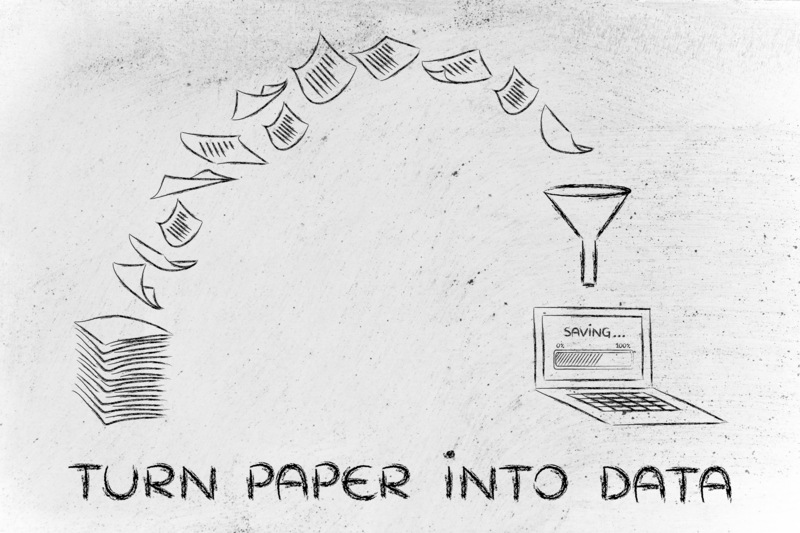Smart Methods for Decreasing Waste in Manufacturing
In today's competitive market, minimizing waste in manufacturing processes is not only beneficial for the environment but also enhances profitability. Manufacturers are constantly seeking innovative approaches to boost efficiency while reducing unnecessary waste. This article discusses smart methods for decreasing waste in the manufacturing sector, focusing on sustainable practices and modern technologies.
Understanding Waste in Manufacturing
Before diving into strategies for waste reduction, it's essential to understand what constitutes waste in the manufacturing context. Waste can be categorized into several types, including:
- Overproduction: Producing more than demand requires.
- Defects: Products that fail to meet quality standards.
- Excess Inventory: Accumulation of unsold products.
- Transportation: Unnecessary movement of materials.
- Waiting: Time lost waiting for materials, information, or equipment.
- Over-processing: Performing more work than necessary to meet customer needs.
- Unutilized Talent: Not leveraging employees' full potential.

Implementing Lean Manufacturing
Lean manufacturing is a popular method aimed at enhancing production efficiency by eliminating waste. Companies adopting lean principles follow these key practices:
1. Value Stream Mapping
Value Stream Mapping (VSM) is a lean tool used to visualize and analyze the flow of materials and information. By mapping out the current processes, manufacturers can identify inefficiencies and areas of waste, which leads to improved production systems.
2. Just-in-Time Production
Just-in-Time (JIT) minimizes inventory by producing only what is needed when it is needed. This approach not only reduces excess inventory but also minimizes costs related to storage and waste management.
3. Automation and Robotics
Implementing automation and robotics can significantly reduce waste by enhancing precision, reducing human error, and speeding up repetitive tasks. Robotics ensure consistent quality, minimizing defective products and associated waste.
4. Continuous Improvement (Kaizen)
Kaizen promotes a culture of continuous improvement where employees at all levels are encouraged to propose and implement small incremental changes. These constant adaptations can lead to significant reductions in waste over time.
Adopting Sustainable Practices
Sustainability plays a crucial role in waste reduction, with many companies striving to incorporate environmentally friendly practices. Here are several sustainable strategies for decreasing waste:
1. Recycle and Reuse Materials
Recycling and reusing materials are essential methods for reducing manufacturing waste. Many companies are establishing programs for reprocessing materials, which not only cuts waste but also reduces the cost of raw materials.
2. Waste-to-Energy Conversion
Some manufacturers are exploring waste-to-energy technologies, transforming waste products into energy sources like electricity or heat. This approach not only alleviates waste disposal problems but also provides a renewable energy source.
3. Supplier Collaboration
Collaborating with suppliers is vital for sustainable manufacturing. By working closely together, companies can negotiate the use of recyclable packaging and reduce unnecessary materials, thus decreasing overall waste from the outset.
4. Closed-Loop Systems
In a closed-loop manufacturing system, waste products are reintroduced into the production cycle. This approach can significantly lower waste output and lead to innovative uses for byproducts.
Utilizing Industry 4.0 Technologies
The rise of Industry 4.0 has introduced advanced technologies that revolutionize waste reduction processes. Key technologies that contribute to effective waste management in manufacturing include:
1. Internet of Things (IoT)
IoT devices enable real-time monitoring of equipment and processes, providing valuable insights into inefficiencies and potential waste sources. Predictive maintenance powered by IoT can prevent breakdowns and reduce downtime.
2. Artificial Intelligence and Machine Learning
AI and machine learning can predict and prevent defects in the manufacturing process, leading to improved product quality and reduced waste. By analyzing data patterns, AI can optimize the supply chain and production schedules, further reducing waste.
3. Digital Twin Technology
Using a digital twin--a virtual replica of the physical production environment--allows manufacturers to simulate changes and identify waste reduction opportunities before implementing them in the real world.

Employee Engagement and Training
A crucial, often overlooked aspect of waste reduction is engaging employees and providing adequate training. Here's how companies can leverage their workforce in waste reduction efforts:
1. Waste Reduction Training Programs
By investing in training programs, companies can educate employees about the importance of waste reduction and provide them with the tools and techniques necessary to identify and address inefficiencies.
2. Incentivizing Waste Reduction
Offering incentives for waste reduction ideas can motivate employees to actively participate in optimization efforts. Recognizing innovative ideas fosters a culture of improvement and accountability.
3. Building a Waste-Conscious Culture
A successful waste reduction strategy depends on building a waste-conscious culture. When employees understand the environmental and economic impacts of waste, they are more inclined to contribute to reduction efforts.
Conclusion
Decreasing waste in manufacturing requires a holistic approach. By integrating Lean principles, adopting sustainable practices, leveraging technology, and engaging the workforce, manufacturers can significantly reduce waste and improve efficiency. These smart methods will not only benefit the organization but also contribute to a more sustainable future for the manufacturing industry.